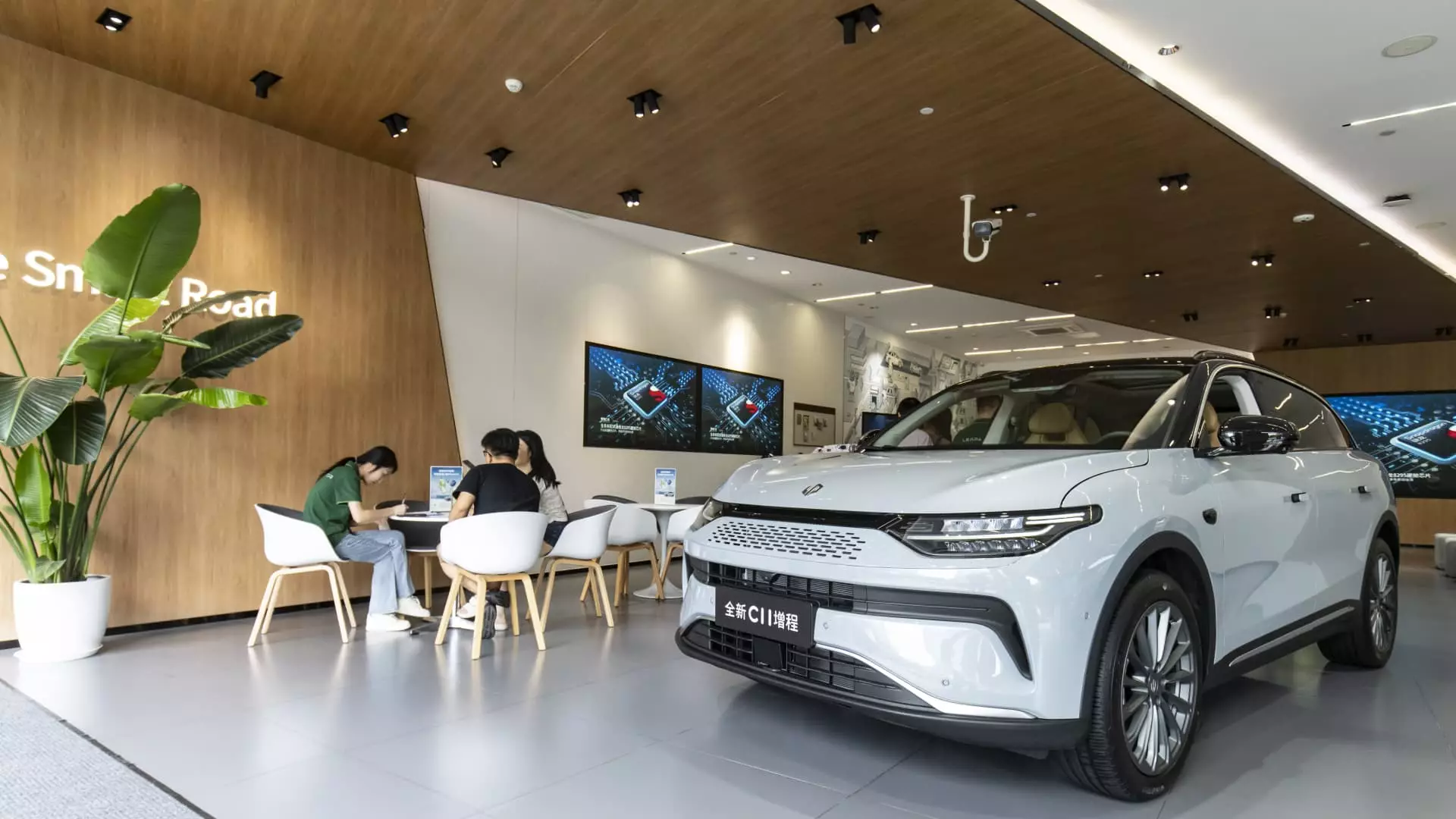In recent years, China has experienced a significant transformation in its automotive market. As environmental concerns mount and the government pushes for greener technologies, the preference among consumers has increasingly shifted from traditional gasoline vehicles to more sustainable options. Notably, hybrid-powered vehicles are emerging as the frontrunners in this electrifying revolution, surpassing the popularity of battery-only vehicles, according to data from the past year. This phenomenon reflects not only consumer preferences but also the strategic moves by automotive companies to adapt to this changing landscape.
At the forefront of this transition is BYD, a major player in the Chinese automotive industry. In a recent filing, BYD announced that it sold approximately 4.3 million passenger cars in 2024, with hybrids accounting for nearly 2.5 million of those sales. This represents a significant shift from 2023, when battery-only vehicles were more favored. BYD’s success showcases an increasing consumer affinity for hybrids, which offer the flexibility of gasoline power alongside the benefits of electric driving. The company’s shift towards hybrids indicates a broader trend as consumers seek reliable alternatives that reduce dependence on traditional fuels while minimizing range anxiety—a critical concern for many potential electric vehicle owners.
While BYD has captured the hybrid market, Tesla remains a dominant force in the battery-only segment. With projections suggesting the company will sell over 600,000 electric vehicles in China for the second consecutive year, Tesla’s standing appears robust. However, industry analysts like Joe McCabe of AutoForecast Solutions suggest that even the electric vehicle juggernaut may face a plateau in growth within the Chinese market. As Tesla prepares to announce its annual figures, the continued success of its Model 3 and Model Y will be crucial in determining its future trajectory in the competitive landscape of Chinese electric vehicles.
Emerging Players Challenge Established Brands
Not far behind BYD and Tesla, companies like Li Auto have captured market share through innovative offerings. Li Auto reported impressive results with over 500,000 vehicle deliveries, largely driven by its unique hybrid system that extends electric range with a conventional fuel tank. This trend of integrating hybrid solutions is echoed by other players such as Leapmotor, which aims to deliver 500,000 cars in 2025, and up-and-coming brands like Zeekr and Nio, which are exploring hybrid options to bolster their competitiveness.
With traditional electric vehicle manufacturers now branching into hybrids, the automotive market is set to become even more dynamic. Companies that failed to innovate and adapt risk losing relevance, while those that embrace a broader range of powertrain options may find renewed opportunities for growth.
Government Initiatives and Market Dynamics
The driving force behind these changes is not merely consumer choice but also substantial government support for green technologies. Chinese authorities are incentivizing the production and purchase of new energy vehicles, including hybrids. This push has seen substantial benefits, with more than half of all passenger vehicles sold in July 2023 categorized as new energy vehicles, a notable increase from 36% the previous year. As local municipalities strive to simplify the process of obtaining license plates for hybrid and electric vehicles, it becomes clear that infrastructure and regulatory incentives are critical in shaping consumer behavior.
As we analyze the current state and trajectory of the automotive market in China, the rise of hybrid vehicles stands out as a powerful narrative of innovation and adaptation. While electric vehicles remain crucial in the race toward sustainable mobility, hybrids offer practical solutions that cater to consumer anxieties regarding range and infrastructure. With ongoing government incentives and a competitive landscape that encourages innovation, the future of mobility in China appears vibrant and full of potential. As new players enter the market and established brands evolve their strategies, the ultimate winner will be the consumer who benefits from the wealth of options available in an increasingly electrified world.


Leave a Reply